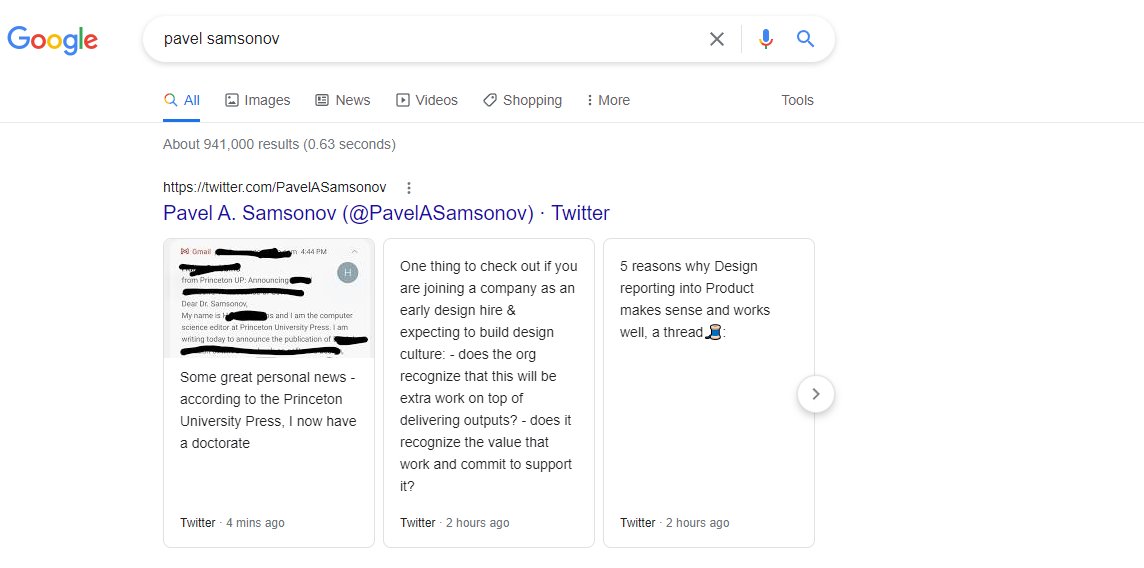
Not sure who first decided to model design as a linear process (research-design-test-build) but it's created an expectation among stakeholders that this is how it's supposed to go - each step must be done Exactly Once and if you have to loop back, you messed up.
🧵
🧵
This could not be further from my experience. I've yet to see a design effort that could confidently say "our testing bore out every hypothesis, no changes, send it to the dev team."
And yet timelines and expectations keep being set as though this is the norm.
🧵
And yet timelines and expectations keep being set as though this is the norm.
🧵
Part of the problem is the secret missing first step in the design process - "stakeholder assumptions."
They will assume that their mental model of the world is the correct one, and therefore if the research, design, or testing did not conform to it - You Did It Wrong.
🧵
They will assume that their mental model of the world is the correct one, and therefore if the research, design, or testing did not conform to it - You Did It Wrong.
🧵
Savvier stakeholders understand this, and will stymy research and testing efforts because they know that their assumptions will not be borne out. They are "comfortable with ambiguity" because they know that the clarity that emerges out of it will not be the one they like.
🧵
🧵
Being the "champion of the user" is not enough to handle this issue. Designers must understand that much software is built *for the product team* first & foremost, and for the user second (or third after Sales) and develop their toolkits accordingly.
🧵
🧵
"We need to build X" is not a user-centered statement. There are many factors involved such as the high internal/external profile of working on a "sexy problem" or the resources that come with a problem (and the power from being a leader with lots of resources)
🧵
🧵
When an exec has already decided that this product will be the cornerstone of their empire-building, or a PM has already promised a bunch of features to Sales, or Engineering wants to adopt resume-driven development - research is not part of that conversation.
🧵
🧵
Truly "being comfortable with ambiguity" requires 3 things to be true:
- establishing clear criteria for what we need to move forward (not just deadline or outputs)
- creating processes that can be expected to fulfill that criteria
- giving those processes the space to get there
- establishing clear criteria for what we need to move forward (not just deadline or outputs)
- creating processes that can be expected to fulfill that criteria
- giving those processes the space to get there
Usually you end up with the reverse:
- there's no clear established "definition of good"
- the goal is entirely output- and time-based (have wireframes ready by the end of this sprint)
- there's no opportunity for iteration ("be wrong on your own time")
🧵
- there's no clear established "definition of good"
- the goal is entirely output- and time-based (have wireframes ready by the end of this sprint)
- there's no opportunity for iteration ("be wrong on your own time")
🧵
The irony is that doing it the right way gets project managers what they want!! A clear Definition of Good and an established process help estimate the effort and reduce wasted time.
"Test by shipping" and "I'll know it when I see it" are the most time-consuming strategies.
🧵
"Test by shipping" and "I'll know it when I see it" are the most time-consuming strategies.
🧵
• • •
Missing some Tweet in this thread? You can try to
force a refresh





